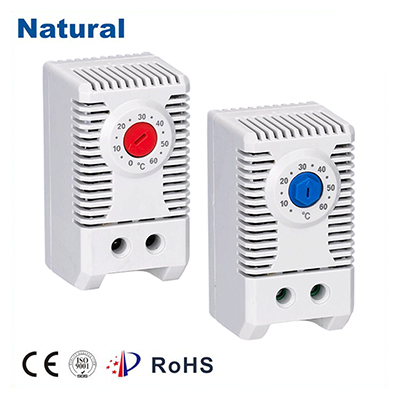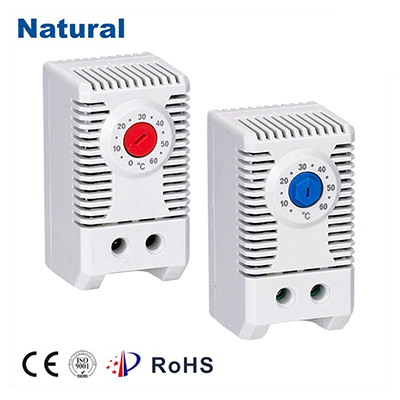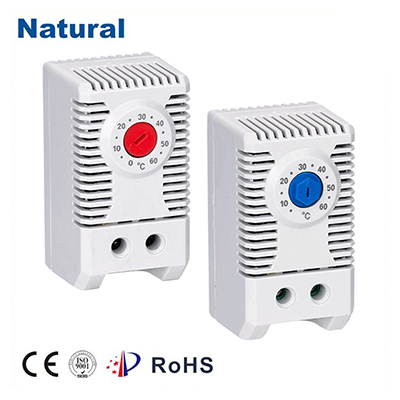A bimetal thermostat thermostat is a widely used temperature control device that leverages the principle of thermal expansion to regulate temperatures in various applications. From household appliances to industrial machines, these thermostats are an integral part of ensuring safety, efficiency, and optimal performance. This article explores the mechanics, applications, and benefits of bimetal thermostats, shedding light on how they function and why they are a preferred choice in numerous industries.

What is a Bimetal Thermostat Thermostat?

At its core, a bimetal thermostat thermostat is a temperature-sensitive switch designed to open or close a circuit when a specific temperature is reached. It consists of two different types of metal, typically bonded together, which expand at different rates when exposed to heat. This bimetallic strip is the key component of the thermostat and allows it to respond to temperature changes. The operation of a bimetal thermostat is based on the fundamental principle that different metals expand at different rates when heated. The bimetal strip is made by bonding two metals with differing coefficients of thermal expansion. When the temperature increases, the metal with the higher expansion rate bends more than the other, causing the strip to bend and activate the switch. As a result, the thermostat either opens or closes the circuit, depending on whether the temperature is too high or too low.

Leave a Reply